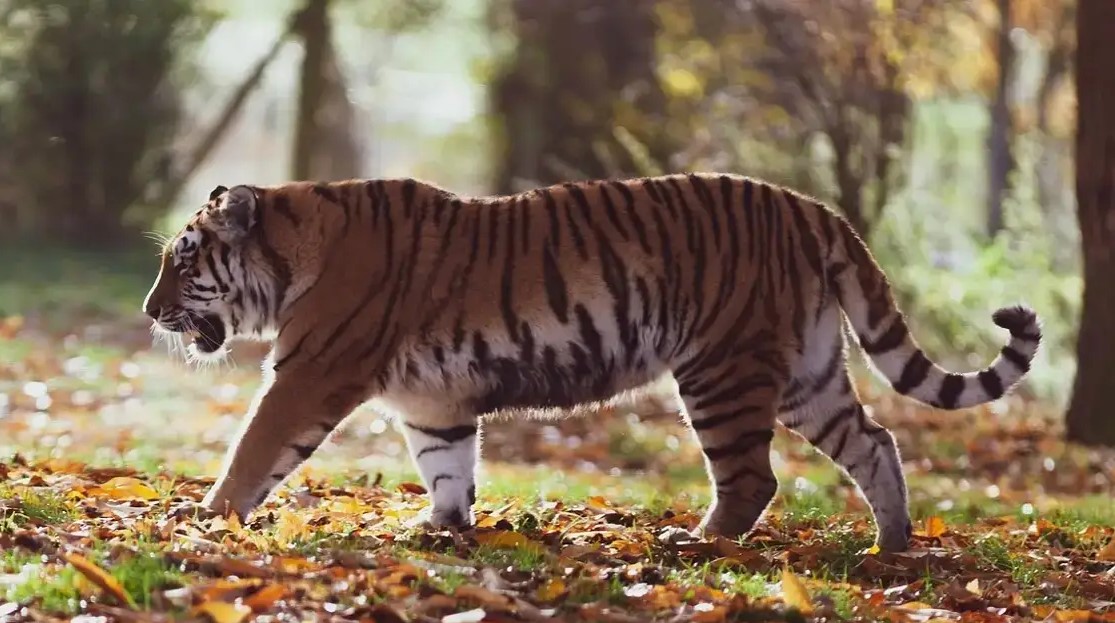Kazakhstan is actively working to revive and preserve populations of rare animals. It has recently become known that kulans have been released into a natural park to increase their numbers. Earlier, it was reported that Amur tigers were brought from the Netherlands for reintroduction. A correspondent from Kazinform News Agency found out what other animals are planned to be returned to Kazakhstan.
Efforts to restore the number of wild animals have always been a priority since Kazakhstan gained independence. As noted by the Ministry of Ecology and Natural Resources of the Republic of Kazakhstan, programs to restore wild animal populations have been carried out for several decades. Work in this direction began in the late 1990s and continues actively to this day. During this time, new nature conservation areas have been created, which helped to create more stable conditions for the restoration of wild animal populations.
The government has achieved significant success in restoring the number of saigas, and the number of other wild animals is also growing – kulans, gazelles, argali. To restore the kulan population, a multi-year reintroduction project was implemented, which was carried out in several stages. From 1953 to 1961, 14 kulans were transported to Barsakelmes Island from the Badkhyz Nature Reserve (Turkmenistan).
When their number on the island reached 200 individuals, the next stage began – the transfer of kulans to the mainland. This is how the kulans ended up in the Altyn-Emel State National Nature Park, where the restored population has become one of the most successful in the world in terms of reintroduction of wild odd-toed ungulates and is currently the largest free-ranging population of kulans. In 2022, as part of the initiative, the first 60 kulans were relocated, which successfully adapted to the new environment.
This year, the Ministry of Ecology and Natural Resources successfully completed work on the reintroduction of kulans to the Ile-Balkhash and Altyn Dala reserves. As part of the program, 67 kulans were captured: 43 of them were transported to the Ile-Balkhash Reserve, and 24 individuals were transported to the Altyn Dala Reserve to increase the number of ungulates in these regions.
As experts note, the risks that kulans will not be able to adapt to the conditions of central Kazakhstan are very low. According to them, previous releases of kulans into the wild have already proven the successful adaptation of animals to new conditions, as evidenced by the birth of foals in the wild.
Along with this, in 2024, two ambitious projects were launched to restore wild Przewalski horses and Turan tigers. According to the memorandum of cooperation between the Ministry of Ecology and Natural Resources of the Republic of Kazakhstan and the World Wide Fund for Nature (WWF International) on the implementation of the Tiger Reintroduction Program in Kazakhstan, on September 21, 2024, 2 individuals of the Amur tiger, a closely related subspecies of the Turan tiger, were transported from the Netherlands.
The project began in 2018 with the support of WWF and the Ministry of Ecology and Natural Resources of the Republic of Kazakhstan. Research was conducted to assess the state of the ecosystem and create conditions for the return of the tiger. As part of the program, populations of ungulates, such as red deer and roe deer, were restored, which creates a stable food base for tigers in this area. The relevant department noted that within the framework of the memorandum between the Republic of Kazakhstan and the Russian Federation, it is planned to transport 3-4 tigers in 2025.
In June of this year, Przewalski’s horses were brought to Kazakhstan for their subsequent restoration in the wild of central Kazakhstan. This is only the first group, and within the framework of the partnership between the Forestry and Wildlife Committee and the Prague Zoo, it is planned to bring up to 40-50 wild horses to Kazakhstan over the next few years.
In order to reintroduce kulans and Przewalski’s horses, a center for the reintroduction of wild animals was created in the Altyn Dala Reserve in 2016. The center has several enclosures with a total area of 120 hectares, each with water sources. The center’s infrastructure allows specialists to be on site at all times and conduct daily monitoring of the animals in the enclosures. A wild animal veterinarian also works here.
In addition to restoring the numbers of kulans, tigers and horses, work is underway to restore the population of houbara bustards. Activities to protect, record and monitor the birds are carried out by the State Enterprise “PO Okhotzooprom” in specially protected natural areas assigned to the enterprise. Every year, birds raised in the nursery are released into the nature of Kazakhstan. From 2009 to 2023, 57,406 Houbara bustards were released. The only breeding center for these birds is located in the Baidibek district of the Turkistan region.
Earlier it was reported that the first two Amur tigers were delivered to Kazakhstan from the Netherlands. They will live in the Ile-Balkhash reserve, where their offspring will be released into the wild. After reintroduction, the Amur tigers resettled in Kazakhstan became Turanian in territoriality.( Source: Kazinform)


